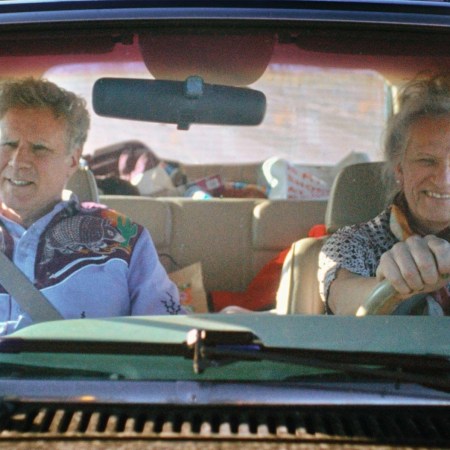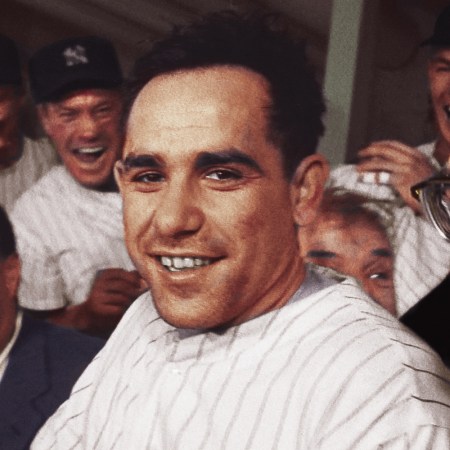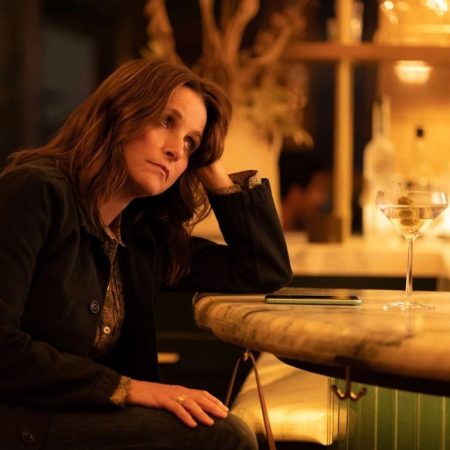The tragic Manchester-by-the-Sea was the Sundance film meant to make men weep, but anyone who poked their head into a screening of Jim: The James Foley Story to hear a theater’s worth of filmgoers dissolving into tears knows otherwise.
The execution of war journalist James Foley by ISIS is well-known news: Foley’s colleague Clare Gillis notes in the film that it’s “the event with the second most recognition in recent American history, after 9/11.” Director Brian Oakes’s challenge was to offer a new angle on the story — a job he was uniquely suited for, given a friendship with Foley that dated to elementary school.
When one of Foley’s brothers admits he “just want[ed] to punch [Foley] in the face” for accepting the risks of conflict journalism, it is Oakes we have to thank for the intimacy and access. Plenty of documentaries earn the descriptor “devastating”; this one deserves it.
We sat down with Oakes at Sundance to discuss the making of the film (which premiered last weekend on HBO) and his relationship with Foley.
InsideHook: You met Jim when you were 7. What did you learn about him making the film that you didn’t know before?
Brian Oakes: Jim was my buddy — we’d get a beer and reminisce about the old days and running around like kids. I knew him pretty well throughout his life. What I learned most was why he thought being a war journalist was so important, why he kept going back to conflict zones. A lot of people questioned his judgment; it got pretty accusational. [His fellow conflict journalists] appear in the film, and as I asked them why they did it, they became surrogates for him, and I learned that these stories were really, really important to him.
IH: Right at the beginning of the film, there’s text that says you won’t show the footage of his murder. Are people really that eager to see it, that you had to manage their expectations?
BO: Actually I thought it was important to relieve any anxiety someone might have, so that they would see it. That wasn’t a tension I wanted to create. It’s a really personal choice, to see it or not. I still haven’t seen it. I didn’t think it was right to take that choice away from anyone.
IH: How do you come out of the yearlong process of making a film about such sad material?
BO: I came out of it having learned so much about humanity. This is my first documentary after working on other people’s films for 10 years, and you live in this very specific world and you learn everything you can about it. I have a different vantage point on things, including U.S. hostage policy. Even politicians — I hear them say things that are so dangerous and they affect me in a different way because of having worked on this film.
IH: It’s a good thing to take from such a dark film.
BO: It’s a tragic story, but it’s triumphant, too. It makes me look at my own life. Here’s a guy who had lots of flaws but carried himself in this really special way. He didn’t really care about material things. He was out there trying to tell the stories of people who don’t have much. Jim makes me want to look in the mirror and say, What are you doing in this world? How are people going to remember you? And how are you helping someone else?
This article was featured in the InsideHook newsletter. Sign up now.























